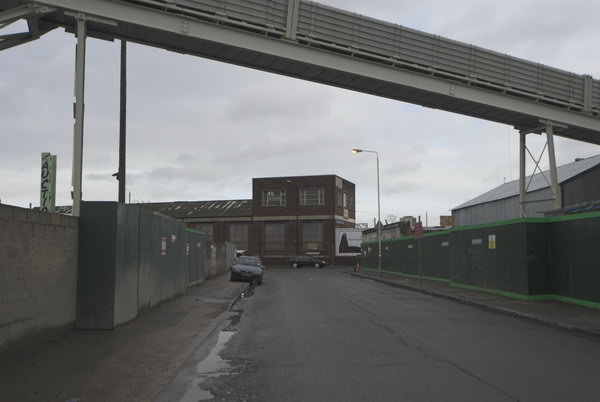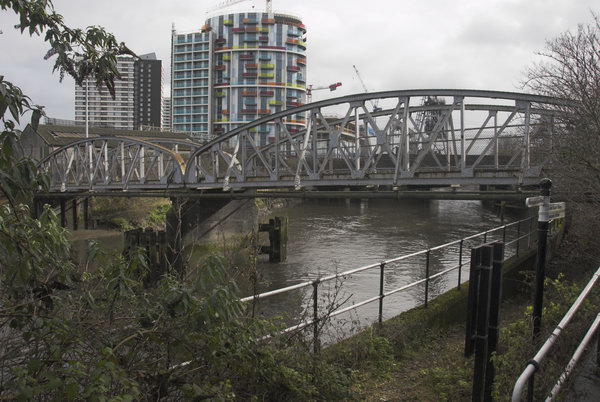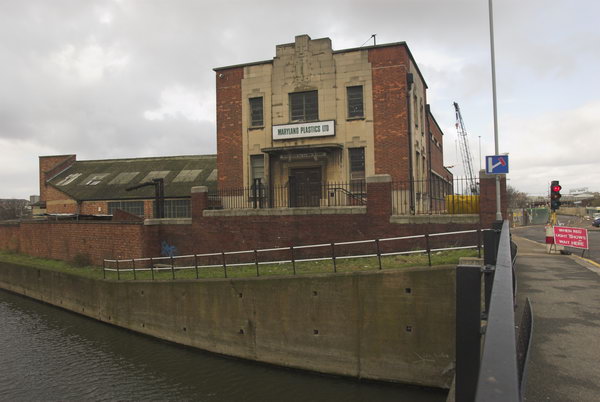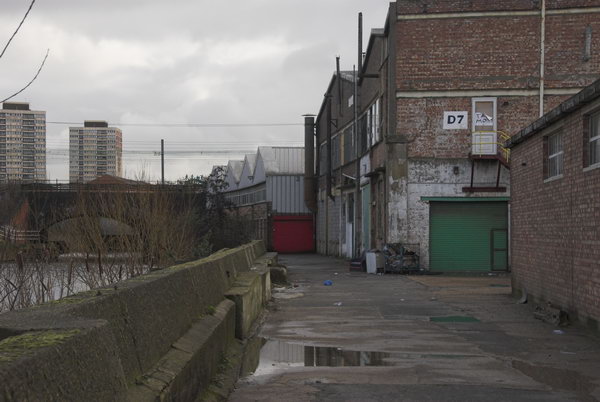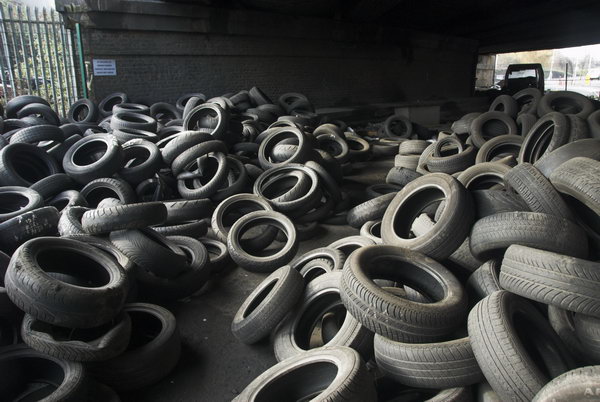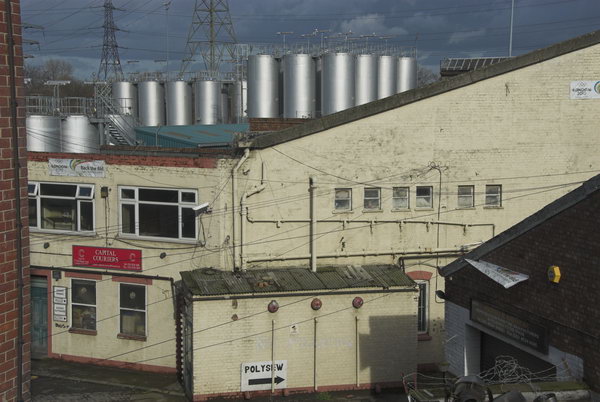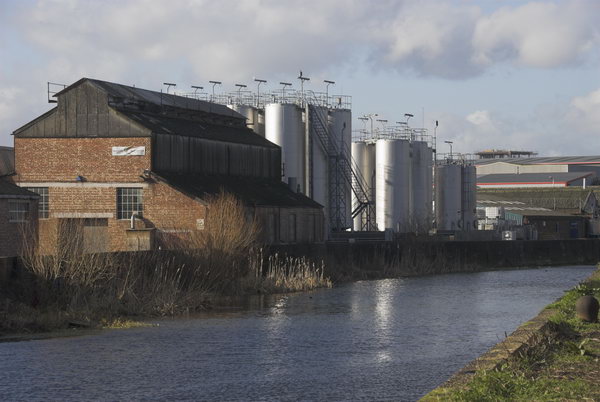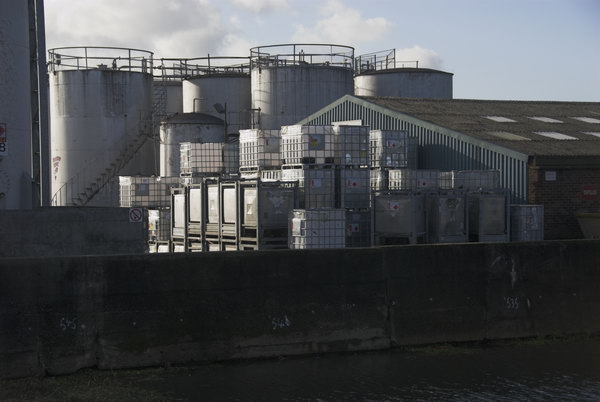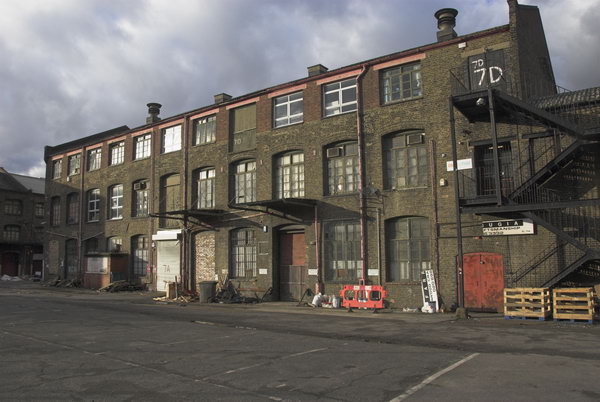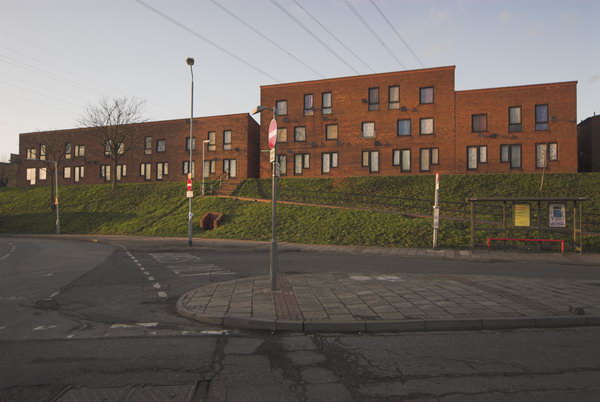Hackney Wick & Manor Gardens: On Tuesday January 16 2007 I took a walk in Hackney Wick on my way to what was to become one of many casualties to the London Olympics, the Manor Gardens allotments, for an open day when the press and public were invited to see the vibrant site that was under threat.
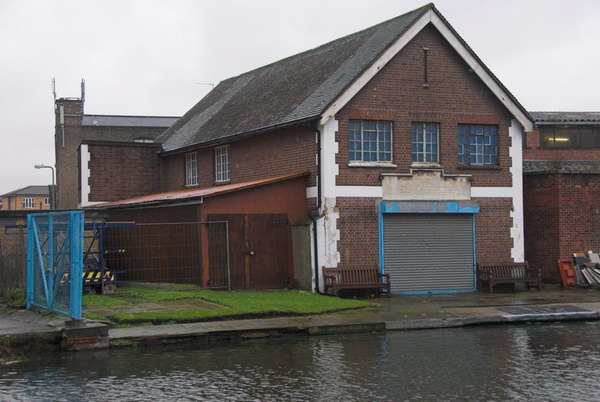
Here with a few corrections and some of the pictures is what I wrote about the day. Many more pictures are still on My London Diary.
Hackney Wick remains one of the more interesting areas of London, and I took a few pictures despite the light rain on my rather meandering way to the Manor Gardens Allotments off Waterden Road.
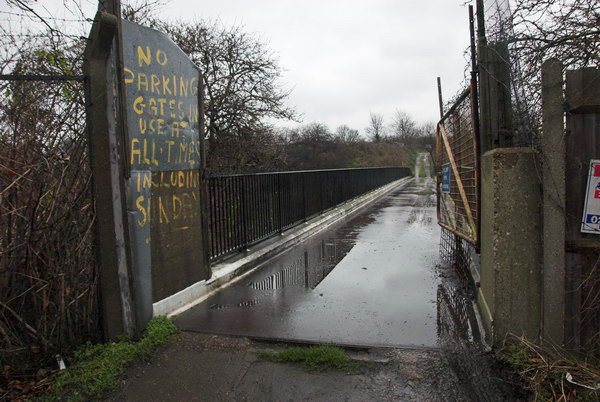
The Manor Gardens Allotments were another of the charitable provisions that came out of the link with Eton College and the Eton College Mission set up in Hackney Wick.
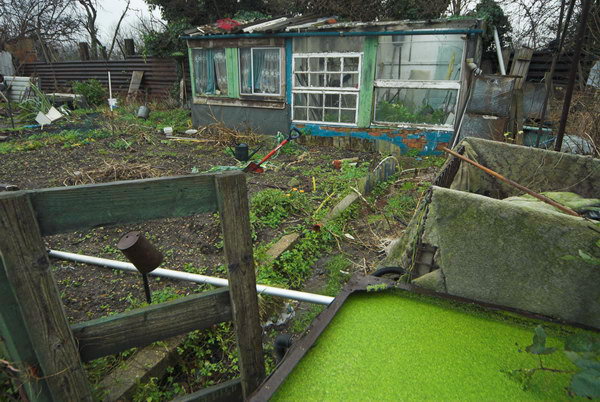
Arthur Villiers was one of four Old Etonians (the others were Gerald Wellesley, founder of the Eton Manor Old Boys Club for over 18s, Alfred Wagg and Sir Edward Cadogan) who in 1924 set up a charitable trust to keep the clubs running.
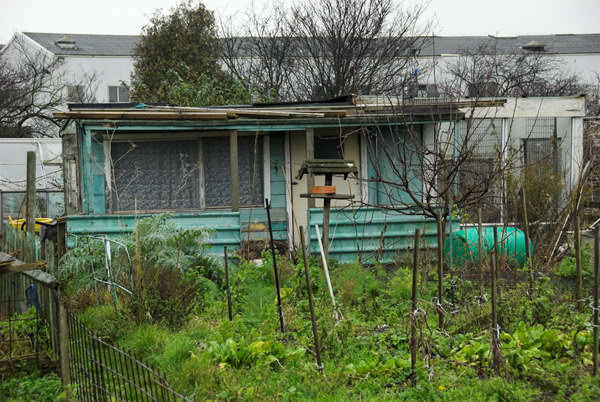
Villiers, who was a director of Barings Bank, had previously in around 1900 provided the Manor Gardens Allotments on an adjoining site as a means of providing both healthy exercise as well as suitable nutrition for the young men of the area. The land was provided for the community to use in perpetuity.
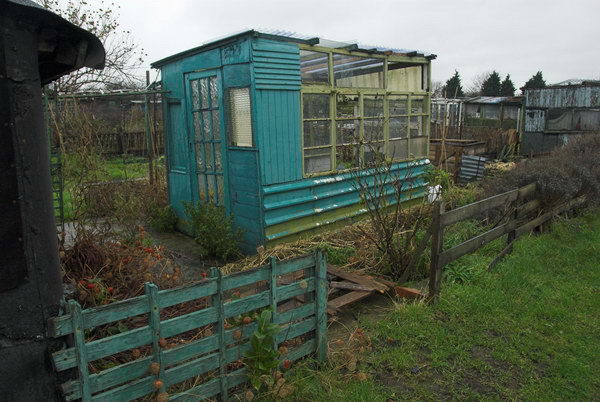
Since then it has continued in use, with a short break when the area was used for a wartime gun battery. At least a couple of the allotment ‘sheds’ are heavy concrete structures left over from this use.
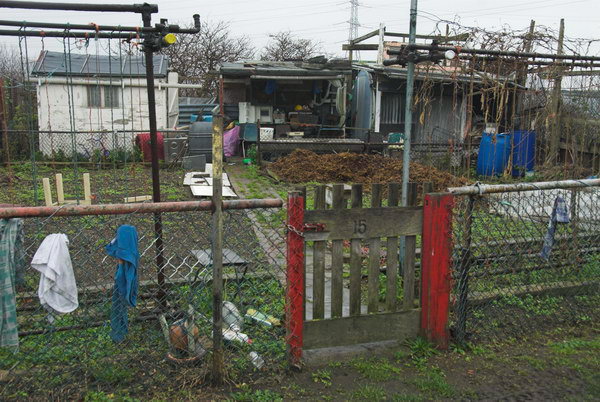
Over the years it has been a thriving community of cultivators, recovering in recent years from some slight loss of interest, with the current renewal of interest in green and healthy living and eating.

Then came the London Bid for the 2012 Olympics, which put the allotments within the site. It could have been seen as a golden opportunity to give the games some green credibility behind the lip-service the bid gave to biodiversity and sustainability, and certainly as a commitment to the post-2012 legacy of the games – to leave sites such as Manor Gardens and the adjoining nature reserve as a green centerpiece to the site. Unfortunately the architects and developers seem hell-bent to create a brown Olympics, creating an irredeemably distressed site that will only be economically recoverable when all the concrete has crumbled.
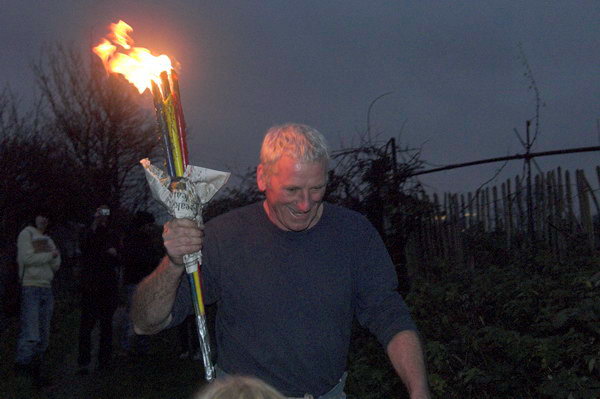
The New Year Feast was an Open Day at Manor Garden Allotments, inviting the public and press to see the site and the 80 plots for themselves. A rather low-tech ‘Olympic torch’ was carried across the bridge to the site and used to start a bonfire.
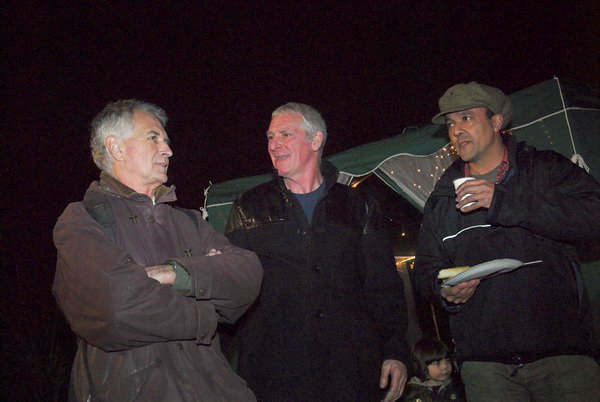
Then we had a party around it, with a couple of speeches and some tasty refreshments. There was support from some celebrities, as well as the opportunity to meet some of the plot-holders, some of whom have raised crops here since the 1940s – and those whose parents had plots in the 1920s. There are also many newer tenants, very much reflecting the multicultural nature of the surrounding area.
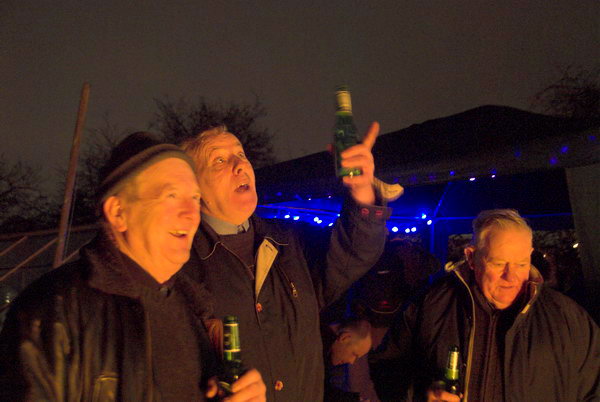
It would be a great shame to lose this splendid facility for four weeks of use in 2012, when it could easily be built around. It isn’t in a critical area but will simply be under concrete as a footpath, and probably also the site of a huge advertising ‘scoreboard’ for the games sponsor.

What will it say about the 2012 Olympics for a site that is currently a beacon for healthy green eating to be selling Big Macs?

The planning application was to submitted on 1st Feb 2007, with eviction expected on 2nd April 2007. it is unlikely that the replacement site offered at Marsh Lane can be ready before 2008. Hopes are not high, but it would certainly be a great green miracle if the allotments survive.
Of course the miracle did not happen, and the Olympic juggernaut took its course, destroying the allotments and much else. By June 2008 allotment holders were struggling to grow crops on a new site on common land at Leyton. The move was expensive and the contractors used to prepare the site had ruined it by sterilising and compacting soil with heavy equipment and much of the site was waterlogged, with the only healthy crops being grown in grow-bags.
The allotment holders had been promised they would be able to return to their old home after the Olympics, but this promise was not kept. Eventually in 2017 some were able to go to a much smaller new site at Pudding Mill Lane. It’s future came under threat in 2022 by plans for extensive development around its edges which will overshadow it restricting cultivation on much of the site.
Many more pictures of the allotments, some of the surrounding areas and of the New Year Feast on My London Diary.
Flickr – Facebook – My London Diary – Hull Photos – Lea Valley – Paris
London’s Industrial Heritage – London Photos
All photographs on this page are copyright © Peter Marshall.
Contact me to buy prints or licence to reproduce.
